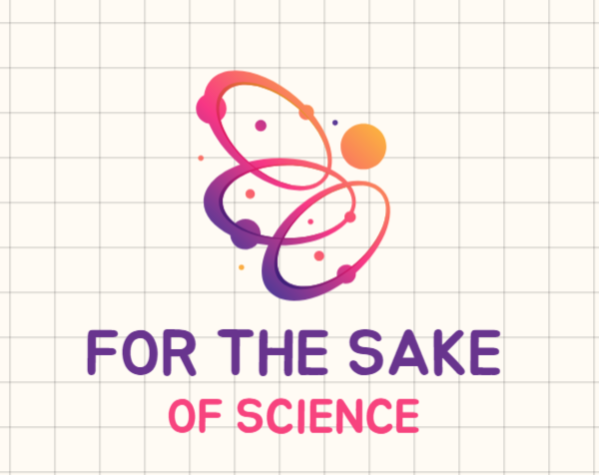
The Importance of Working Memory in Learning
Ms Linda Shardlow, Director of the Centre for Excellence in Learning and Teaching
This article is taken from The Learning Scientists blog – posted April 25, 2019, by Althea Need Kaminske
Working memory is an important concept that we’ve referred to in passing in several other Learning Scientist posts. This relatively simple concept influences how we think about learning and memory.
What is Working Memory?
Working memory refers to your ability to manipulate and remember information over a short period of time (about two minutes). It’s very similar to short term memory, but when we use the term working memory we are emphasizing the manipulation of information. For example, if someone gave you a telephone number to write down, you might have to silently repeat the numbers to yourself while you search for a pad of paper. This task could be made more difficult if you try to continue with the conversation as you are searching for the pad of paper. Your ability to follow along with the conversation, while looking for a pad of paper, and while repeating those numbers to yourself, is your working memory.
There are some differences between people’s working memory ability. For some people the task described above may seem nearly impossible – you fail to find the pad of paper, follow the conversation, or remember the numbers almost every time. For others, it’s a bit easier – while it may be challenging, you can usually follow the conversation, find the paper, and remember the number without skipping a beat. Differences in working memory have been associated with reading comprehension, logic and reasoning, and IQ scores. Given the strong association with academics, a lot of research has been done on explaining differences in working memory and possible ways to improve it, particularly in school-age children.
How Does It Work?
There are several different theories about how working memory works. Theories vary in how they emphasize different aspects of working memory. Some emphasize the role of attention, others the ability to access and use past information, and others still on how inhibitory processes allow us to stay on task. However, most theories agree on the basics. Working memory involves at least four different skills and abilities working together.
- Attention. Your ability to stay on task and ignore irrelevant information and focus on relevant information. While searching for the pad of paper to write a number down, do get distracted by the ongoing conversation about how your family is doing and forget to write the number down? While reading a longer text, like this one, are you able to read each section and remember the main points without wondering off halfway through?
- Verbal Information. Your ability to use your inner voice to, well, talk to yourself. While you’re searching for the pad of paper to write the number down, do you repeat the number to yourself? If you were listening to a song like, oh, say, Jenny by Tommy Tutone, you might sing that song to yourself instead and forget the number you were supposed to be remembering. Similarly, if someone is talking to you while you’re trying to read this you will have a harder time remembering it.
- Visual Information. Your ability to picture something in your mind. While trying to find the pad of paper you might visualize where it is in your desk drawer. Interestingly, your ability to form that mental picture does not interfere with your ability to repeat the number to yourself. Similarly, looking at pictures in a text doesn’t impair your ability to focus on the words.
- Access to long-term memory. In order to manipulate and use information you have to have information to manipulate and use. While you are looking for a pad of paper to write down a telephone number during a conversation you need to remember what a pad of paper is, where you put yours, who you’re talking to, and why you even need this number in the first place. While reading this you need to access your long term memory to remember Jenny’s number from the popular song, definitions of words, and why you cared about working memory in the first place.
- Access to long-term memory. In order to manipulate and use information you have to have information to manipulate and use. While you are looking for a pad of paper to write down a telephone number during a conversation you need to remember what a pad of paper is, where you put yours, who you’re talking to, and why you even need this number in the first place.
Note that all of these components work together. In order for you to set your attentional priorities – “Where did I put that paper?” “I should read this blog and ignore that text message I just got.” – you need have some broader context from your long-term memory. However, your attentional priorities might shift based on new information. You might see an important note or delinquent bill while searching for paper that causes you to cut the conversation short and address this new, higher priority item. Or you might have every intention of finishing this article until you are suddenly interrupted by your friend rushing into the room shouting, “Hurry! There’s no time!”.
While we talk about working memory ability as if it were one thing, it is made up of these different components. Differences in working memory ability, then, may be attributed to differences in these sub-components of working memory. One of the differences that has received a lot of attention is attention, particularly in children with ADHD.
Why is Working Memory Important?
As mentioned above, working memory is associated with some very important things like, logic, reasoning, reading, and IQ. It’s a big part of our everyday lives. Working memory also plays a crucial role in education. Our ability to learn new things, master new skills, and generally follow directions hinges on our working memory. It’s a pretty big deal.






